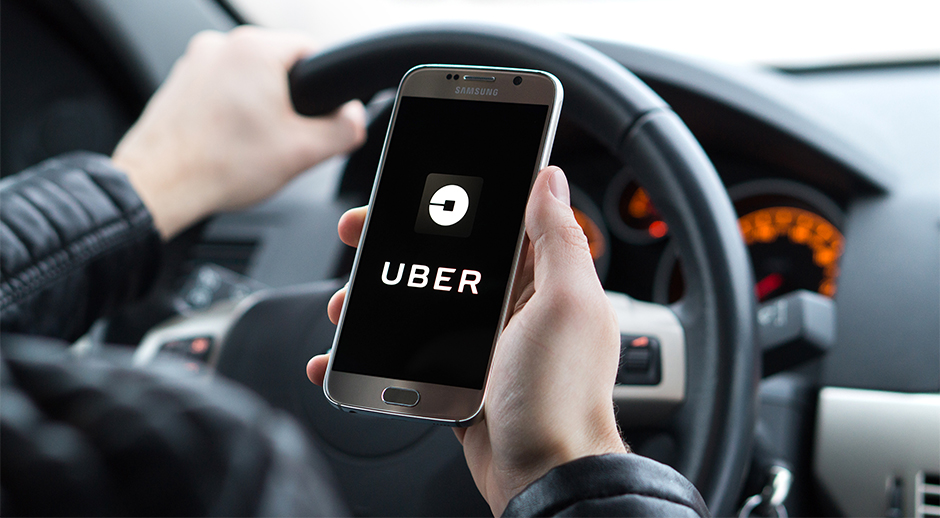With ride-sharing services summoned by smartphones growing in popularity across the globe, a professor in the College of Arts and Sciences Department of Geography and Regional Studies used data provided by Uber Movement to analyze and map how urban South Floridians move.
Her goal: to better understand human mobility and help future urban planning initiatives.
The study entitled, “Analysis of urban mobility in South Florida using Uber Movement,” reveals that given the limited spread of public transit across South Florida, transportation network companies (TNCs) like Uber are increasing human mobility connectivity by adding an extra layer of options for people who use the ride-sharing service and public transportation.
“Overall, we found that Uber trips were closely aligned to mass transit services in the Greater Miami area, like the Metrorail and Tri Rail, wherein riders would take Uber to and from mass transit stations during their commute,” said Professor Shouraseni Sen Roy, the first author of the study.
Using data provided by Uber from 2016 to 2019, Roy and co-author Jane Perlman, a UM alumna, class of 2020, who worked on the study as an undergraduate, found that the majority of Uber rides were concentrated along South Florida’s major thoroughfares, such as Interstate-95, the Palmetto Expressway, and Interstate-75, to designations in and around South Florida, as well as to Miami International Airport and Ft. Lauderdale-Hollywood International Airport.
As the researchers expected, the total number of Uber trips were higher on weekdays versus weekends, with the majority of the destinations clustered in the eastern section of the metropolitan area, where more people live.
“There was a distinct spatial clustering of Uber trips along the main traffic thoroughfares that also overlap with the mass transit options,” Perlman said. “This indicates that a lot of daily commuters utilize the limited mass transit options to their closest station, and then take Uber to their final destination. Thus, there is a greater concentration of Uber trips along the mass transit routes, and destinations are more concentrated along the east coast and the western suburbs.”
In essence, Roy said, the study shows that TNCs, like Uber, have become important additions to Greater Miami’s transportation network.
“This is the allure of ride-sharing services,” Roy said. “They have bus systems beat on convenience, considering both time and privacy. Rather than waiting on a scheduled line to come through, you’re almost guaranteed to have a driver nearby, especially if you are in an area with high Uber volume. Convenience and price are major drivers in the decision-making process around commutes.”
Roy hopes that the study can form a baseline for additional analysis on human movement within the area. “Research like this can ultimately be a great tool for transit-oriented development in the future,” she said.
Roy and Perlman also analyzed the impact COVID-19 had on ridership patterns in March 2020, when the pandemic shut down much of South Florida, and the world. The research lays out a baseline of the effects of COVID-19 on the area and how the pandemic effected travel patterns. Roy said they are in the process of collecting additional data and information to create a detailed breakdown of the relationship between Uber and public transit throughout and after the lockdown.

